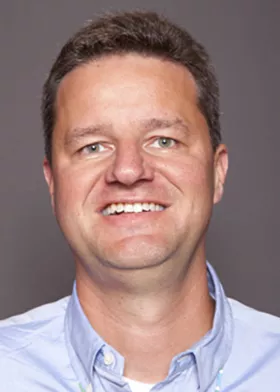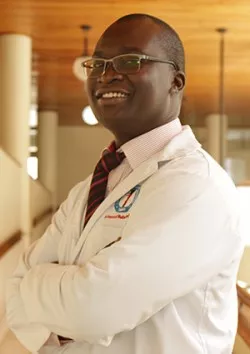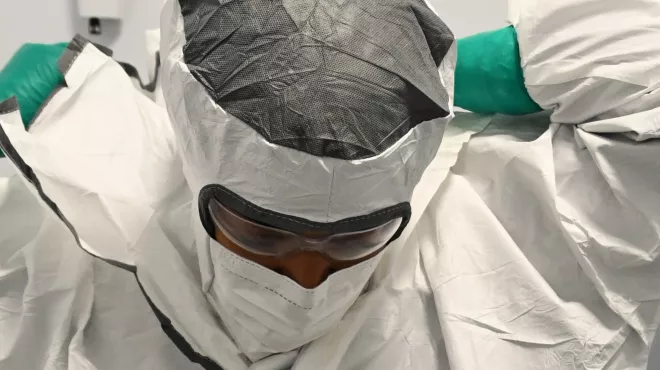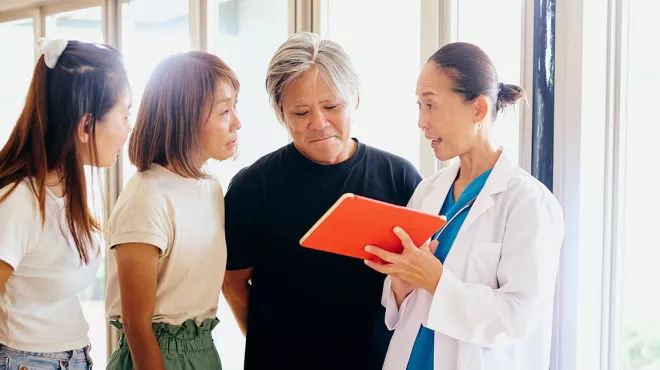Sub-Saharan Africa suffers roughly a quarter of the burden of global disease in terms of years of life lost due to premature death and years lived in ill health. Yet the number of clinical trials carried out in the region is tiny. This is mainly due to the lack of clinical research capacity, but, of course, such capacity can only be built and sustained through the ongoing experience of conducting trials. It’s a classic Catch-22 situation.
But digital technology might help to break the cycle. Take a novel, mobile digital system deployed recently in a clinical study in Nairobi, Kenya. As reported recently in BMJ Innovations, the system—developed through a collaboration between the Centre for Research in Therapeutic Sciences (CREATES) and Novartis—provides an efficient, accurate way to collect clinical research data in a low-resource setting.
“The approach piloted here has the potential to expand the number of clinical trials conducted in low-resource settings,” says Joris van Dam, who leads efforts by Novartis to develop digital solutions for clinical research and healthcare delivery worldwide. “Actually, it supports high-quality data collection in any setting.”

How does the system work? Data is entered at the point of care on a mobile device—in this case, a low-cost computer tablet connected via the internet to the electronic data capture system. After data is entered, the system runs an automatic ‘edit check’ to detect possible errors so that they can be corrected in real time. Quality control staff access the platform online to review data accuracy and completeness, and the study investigator can then log in to validate and sign off on the data.
This is a radical departure from the method clinic staff traditionally use. Under this labor-intensive system, staff members enter patient data on the patient’s main medical record, often a paper document. Relevant data is then transcribed from the medical record into a paper case report form developed specifically for a study. This form is reviewed by quality control staff at the clinic. Only then is case report form data keyed into the electronic data capture system for further review and later analysis by investigators.
Having to transcribe the same data several times puts considerable strain on the clinic and makes errors more likely. In addition, as clinical care frequently takes priority over record keeping, there can be lengthy delays before data makes it into the electronic data capture system, which makes it harder to resolve discrepancies picked up during review.
System gets its start
Like so many good ideas, this one started with a chat over coffee. In late 2014, Dr Kevin Omondi Onyango, an investigator at CREATES in Nairobi, Kenya, was nearing the end of an 18-month fellowship at Novartis. He arranged to meet van Dam. “We talked about how the widespread adoption of mobile digital technology in Africa could be utilized in research,” Onyango recalls. “At CREATES, we were already planning to collaborate with Novartis on a trial that would help us build research capacity, and Joris and I agreed we’d try to make it a pilot for a new digital solution.”

Specifically, the team proposed designing a mobile digital data collection system and testing the technology in a ‘pharmacokinetics’ trial involving healthy volunteers. Pharmacokinetics trials provide information about how potential treatments move into, through and out of the body.
Senior figures at Novartis and CREATES were enthusiastic about the proposal and the Kenyan regulatory agency gave its approval.
Novartis engaged software company Dimagi and worked alongside the firm’s engineers to build the backbone of the new system. This integrates Dimagi’s mobile data collection software with an electronic data capture system commonly used in clinical trials, and follows the latest standards for clinical data interchange.
To customize the platform for their own clinical setting, Onyango and other CREATES staff worked with Dimagi to develop a user interface that would meet the needs of investigators, clinicians, lab and quality control staff.
The resulting system proved effective in the small pharmacokinetics trial. In addition, CREATES staff were able to use the platform to maintain patients’ main medical records as well as to enter trial-specific data. “The platform gives clinics a single system for both their routine clinical care and their clinical trial work,” says van Dam. “Around the world, running two different systems in parallel is common practice, especially in the West, but this is very inefficient.”
Leapfrog approach
Onyango and Van Dam see an opportunity for lower-income countries to exploit the technology to their advantage. Because the underlying software is open source and relatively easy to tweak, it could easily be adapted for other trials. Also, it’s easier to introduce the new system in settings that don’t have established research infrastructures.
There’s an opportunity for lower-income countries to use digital and mobile technologies to leapfrog inefficient data-collection processes used in the West and so position themselves to conduct far more clinical research.
Joris van Dam, Strategic Projects Leader, Novartis
“In many ways, Africa is a ‘greenfield’ site that allows us to introduce innovative approaches at the outset,” van Dam says. “That’s much harder to do where hospitals and clinics are wedded to their legacy systems. There’s an opportunity here for lower-income countries to use digital and mobile technologies to leapfrog inefficient data-collection processes used in the West and so position themselves to conduct far more clinical research.”
No surprise, then, that the new system has already attracted interest from elsewhere. Onyango, with others from CREATES and Novartis, recently gave live demonstrations to 50-plus clinical investigators at workshops in Kenya and Zimbabwe. They have also started supporting transfer of the technology to another African study site.
Additional clinical trials are needed in the region to understand how treatments will affect African populations, which have unparalleled genetic diversity. They’re also needed for the development of new therapies for diseases that predominantly affect Africans.
“It’s hugely exciting to be involved in work that could contribute to better health outcomes across the region,” Onyango says.
Committed to capacity building
Novartis is committed to helping build biomedical research capability in low and middle-income countries. The company is involved in a range of R&D partnerships with universities and other research organizations in the developing world. It also runs the Next Generation Scientist and Visiting Scholar programs. Each year, up to 30 promising young scientists and academics from emerging economies spend time at Novartis carrying out research using state-of-the-art techniques and equipment that they can then implement back in their home countries.
Image credit: Nathan Collett



